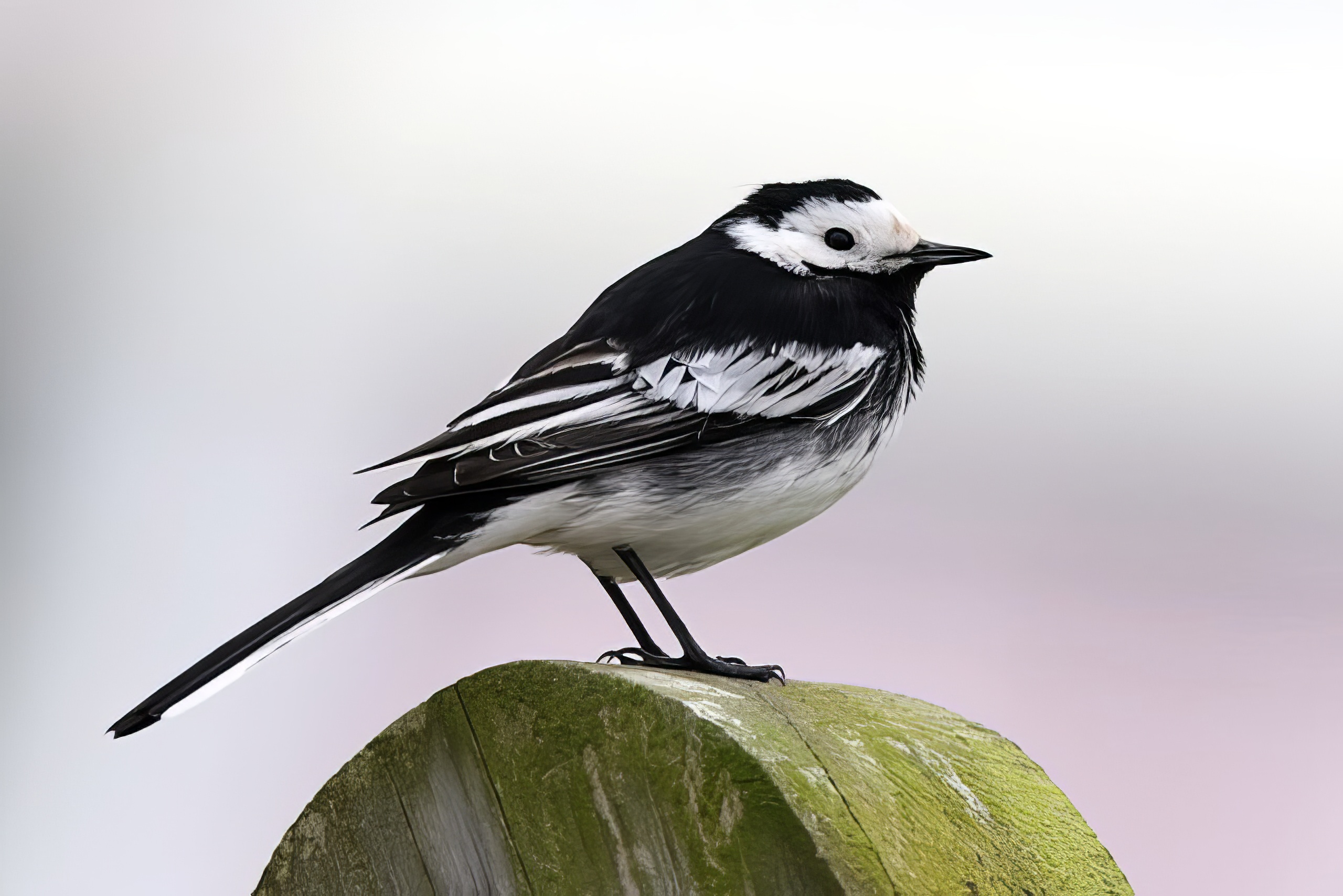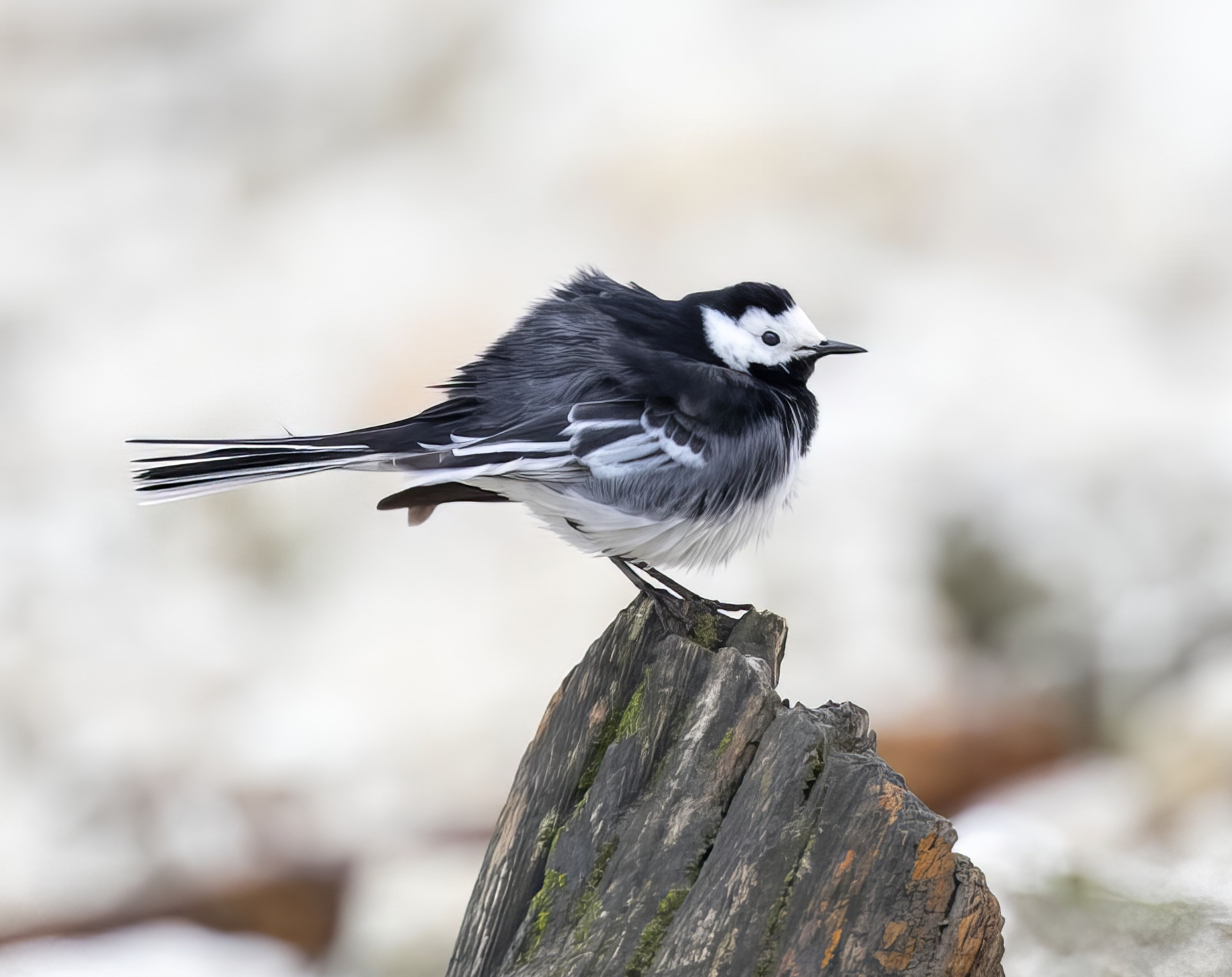Pied Wagtail Motacilla alba yarrellii
Common resident and passage migrant. Nominate continental form White Wagtail M.a. alba a scarce passage migrant. Members of the species that cannot be assigned to a race are referred to as “Alba Wagtails”.


Pied Wagtail, Motacilla alba yarrellii, is the British race of White Wagtail M. a. alba, and has been very widespread in Lincolnshire throughout the last 60 years. The Atlas estimated a population of around 4,000 pairs and the Lincolnshire BBS index suggests there has been a (statistically insignificant) decline in Lincolnshire of -25% between 1994 and 2018. It is one of our earliest migrants appearing from late March. The Atlas reported winter roosts of up to 500 birds in Scunthorpe and 1,000 in Lincoln during the 1990s. Sadly, these roosts are not counted regularly but in recent years the largest roosts reported have been at Brayford Pool in Lincoln city centre where c.400 were counted in January 17th 2015; in 2016 at nearby Stonebow in Lincoln centre there were 200 January 15th and 300 February 10th, 2016. The only winter roost count since 2016 has been of c.100 Chapel St. Leonards February 2nd 2020, when there was also a count of 110 at Toft Newton Reservoir September 1st-2nd 2020. BTO ringing data shows that Pied Wagtails ringed in the county have been found wintering to the south in France (2), Portugal (2) and Spain (2). There are a couple of retraps of birds ringed in Belgium in March and April and caught in Lincolnshire in June and August, as well as several caught wintering in the county and later retrapped in Scotland in spring and summer.
(Updated with reference to the new Birds of Lincolnshire (2021) December 2022)
